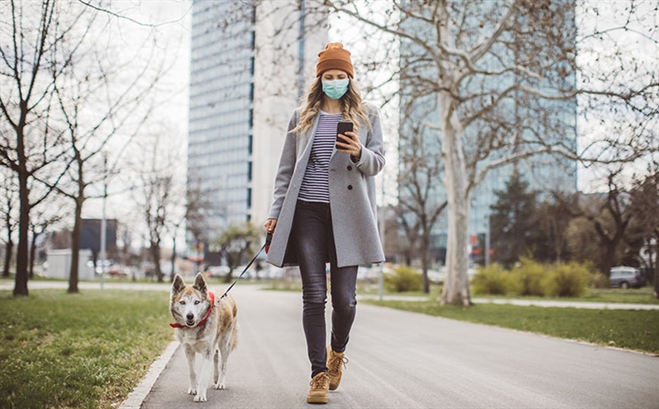What’s New in Virtual Citizen Engagement
June 08, 2020 by Meredith Trimble

As social distancing measures continue, government’s need for enhanced community connections has never been greater. Particularly on the local level, governments must deliver timely information to constituents while also enabling two-way communication in new, digital ways.
Offering virtual engagement routes for residents is an important component of connected communities. Prior to COVID-19 and the accompanying disruption, value existed in connecting to the latest city news, reporting neighborhood code compliance issues, or learning about community events. TJ Sokoll, vice president of product strategy for Tyler Technologies, created My Civic, a robust citizen engagement app, to “put city hall in your hands at all times.”
A one-stop shop for connecting with local government became a necessity overnight as the pandemic created new urgency around sharing reliable information with the public. From providing community-level COVID-19 case statistics to sharing business statuses and public health rules, sharing information as swiftly as it changes is the new norm.
Innovative uses of My Civic to strengthen community connections include:
- Moose Jaw, Saskatchewan, Canada, drove the app’s adoption by holding a contest. Residents submitted pictures of fun ways to pass the time or neighborly good deeds. The contest connected citizens through positive stories and sharing the submissions out on social media raised awareness and increased the app’s use.
- Kerrville, Texas, added a COVID-19 response hub button in the app to give residents localized information through an easy access point.
- Addison, Illinois, supported local restaurants by adding a directory in the app showing up-to-date curbside pick-up and takeout options.
- Santa Ana, California, is weaving the app’s use cases into its social media stories, successfully promoting the app’s benefits to residents.
Some jurisdictions may even imagine how the app can be used in days ahead when city halls reopen. The app might be used for outside check-in and queuing, for example, prior to entry to manage social distancing. These and other creative uses have proven software can be used even beyond its original intent. “I think we’re going to see a leap in the adoption of technology,” Sokoll said. The need to maximize existing technology and accelerate innovation presents an opportunity for governments to create new efficiencies beyond the pandemic.
Residents, too, will increasingly turn to consuming government information from push notifications in the app, SMS messages, emails, or opting into news alerts in interest areas from council meetings to parks and recreation. “Overall, you’re going to see a lot more adoption of these tools so people can live in the instant gratification world,” noted Sokoll, “where they’re getting information pushed to them in real time.”
With a new demand for localized information and news, citizens have a newfound interest in connecting with their governments. Jurisdictions that maintain these connections will benefit from more educated, engaged constituents and a stronger community fabric even after the pandemic fades.